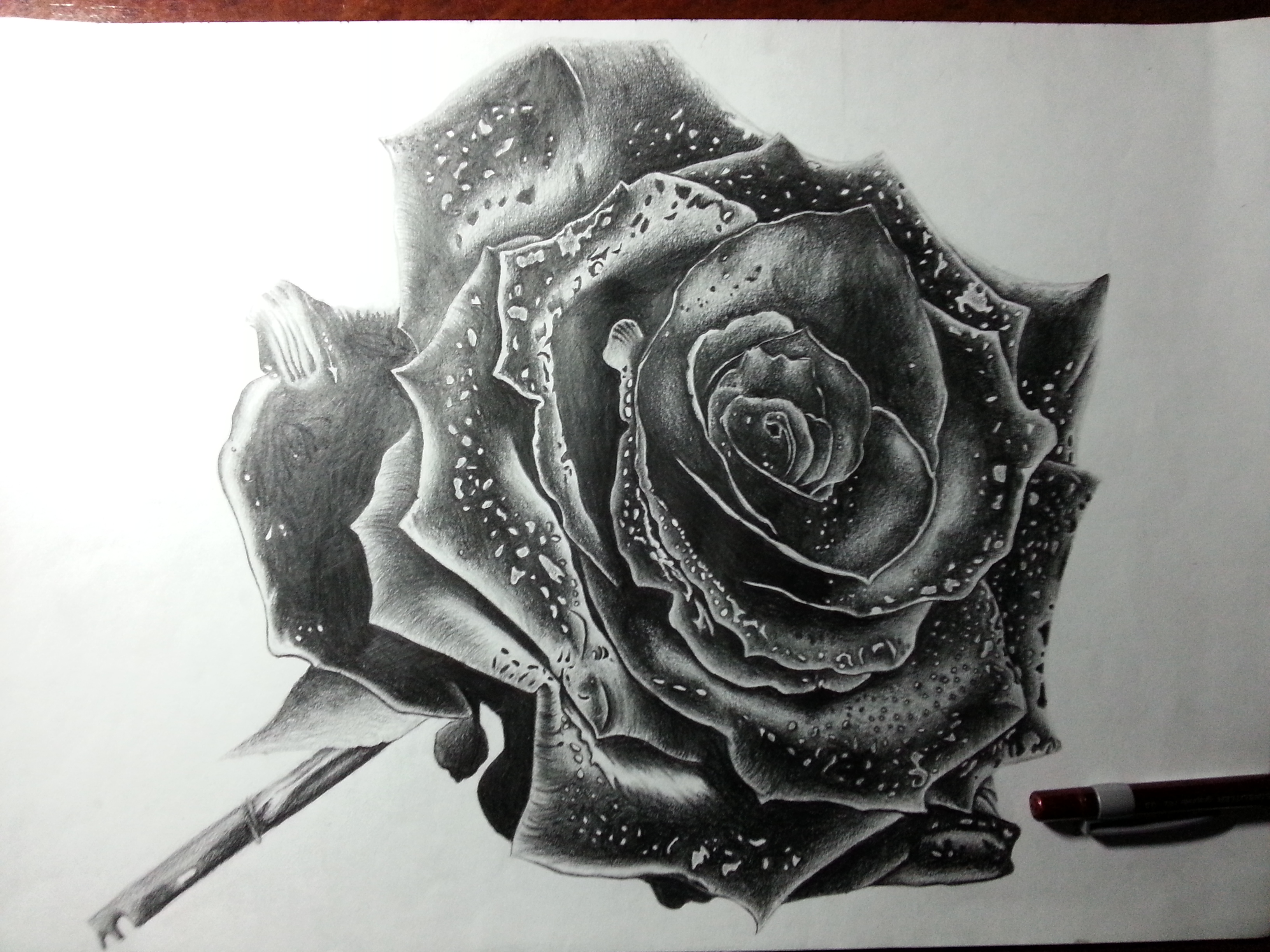Theorist suggest that people use media for many different thing and there're 5 different reasons why;
- For entertainment
- To escape real life
- To involve themselves in social interactment with others
- In order to identify with characters and situations
- To escape from their daily troubles

Blumler and Katz is also reffered to as Gratification Theory, This thoery concentrates more on the audience rather than the actual message and theme of text itself. Blumler and Katz stats that there are two different interctions with the text , Passive and Active. Blumler and Katz says that the audience take up an active role in interpretating and integrading media into our own lives.
Blumler and Katz says that we use media for our own specific need and we decode it in our head to make in relavent to our own life.
Examples
Escaping Reality
Entertainment







